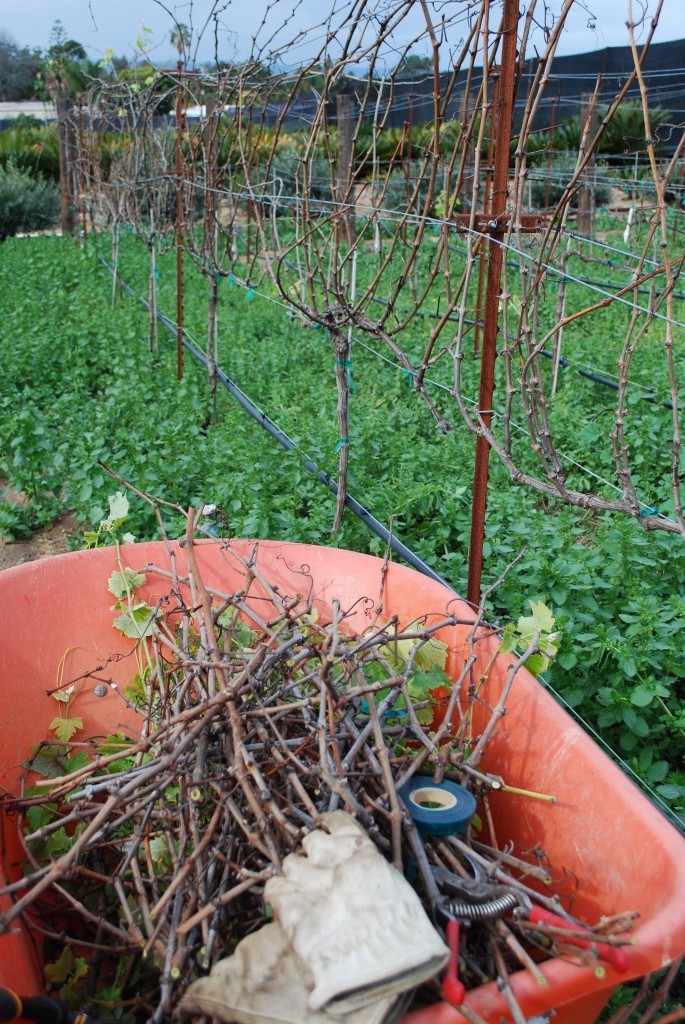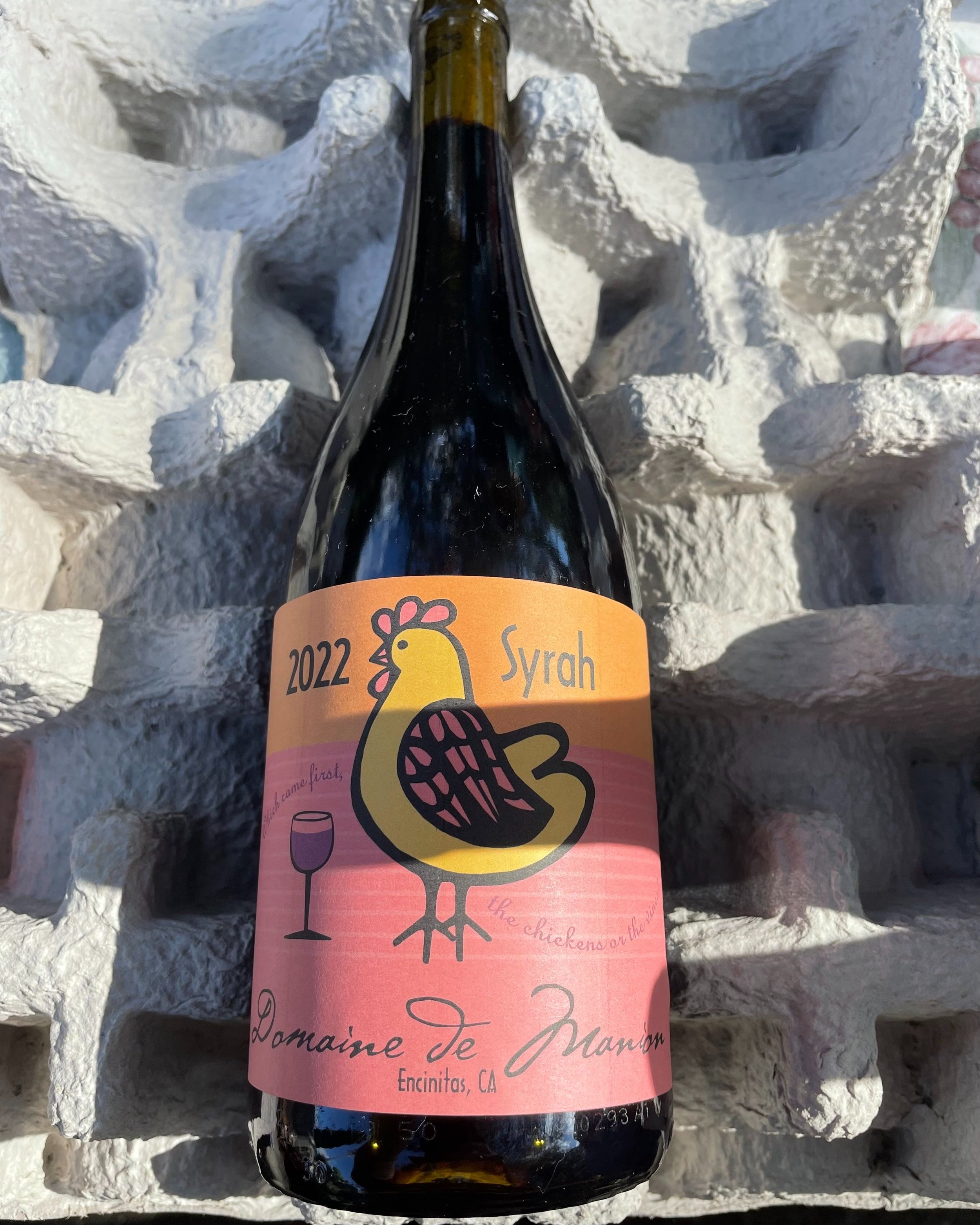 A few months ago, I wrote a post called "Rest, Repose, and Replenish", the dormancy time in a garden during winter. This time of year has a different kind of beauty, and a peaceful mood beckoning everything to slow down and replenish. The same beautiful dormancy happens with a vineyard, too.
A few months ago, I wrote a post called "Rest, Repose, and Replenish", the dormancy time in a garden during winter. This time of year has a different kind of beauty, and a peaceful mood beckoning everything to slow down and replenish. The same beautiful dormancy happens with a vineyard, too.
After the culmination of the grape harvest, the vines begin to slowly shut down. Their leaves turn a rainbow of autumn hues and eventually drop off the vine. The skeleton of the grapevine or "bones" is exposed, showing their trunk, cordons (horizontal stem-like arms), and their canes that have grown upright and been tucked carefully into the upper wire trellis.
There is "much ado" in the winter vineyard. For every vineyard, whether backyard or commercial, there are certain tasks within certain timetables over the calendar year which must faithfully be done to ensure a healthy vine and optimum grape growing.
We have a backyard vineyard which my husband, John, and I have named, Domaine de Manion or (DDM). We have about 300 syrah grapevines on 1/3 acre that are spaced 6 feet between grapevines and 5 feet between rows. Our rows are planted east to west to catch the natural cleansing of the Pacific Ocean's breeze one mile away. DDM is on a sunny western slope in sandy soil, on the 33rd Parallel. In 2009, our vineyard is beginning its fourth year.
The winter months of January and February begin the calendar year of tasks. The grapevines are dormant now, and show off their structure left from the previous year's growth. Winter pruning of each grapevine is done during dormancy and before bud break, the initial new leafing of the plant's beginning leaf and vegetative growth. Here in Southern California, pruning is usually done the beginning of February through mid-February, depending on the grape varietal you are growing and weather.
Pruning is a task that is done by hand, and rather carefully. There are different types of pruning methods used in vineyard management. At DDM, we use the "spur" pruning method, which keeps the established horizontal cordons or arms in place, off of the grapevine's trunk. Each cordon is further trimmed to approximately six spurs on each side. Each spur will renew itself, beginning at bud break, and grow a new fruiting shoot for this coming year's grape formation.
Pruning is an extremely beneficial tool in a vineyard for managing the growth and shape of your grapevines, managing your optimum grape production, creating a healthy balance between your vegetative growth to fruit production ratio, even delaying bud break if you are in a frost prone area, and physically removing any disease, if needed. Using a wheelbarrow we walk the rows, pruning and removing the grapevine clippings. The clippings are then bundled and recycled with our green waste.
This is also a time of close inspection for the health of the vines, cordons, trellis wires, end posts, and drip irrigation for anything a miss. It is important to to take the time now for close inspection as you can see everything so easily, and ensure the year ahead is smooth.
Weeds from our winter rains can quickly get out of hand fast, and need to be knocked down and away from the grapevines. Weeds can hold moisture and humidity close to the grapevines, which is not a good thing. In some vineyards, a cover crop is planted between the rows to keep the weeds down, and provide nutrients back in to the soil.
Each task now, and throughout the coming year will affect the growth and health of the grapevine, and the grape harvest this coming fall. Mother Nature will play a huge part with the amount of rainfall, daytime and nighttime temperatures, and overall weather. There might be unforeseeable events such as wildfires, winds, drought, and frost which will be a factor, too.
This is also a time of much anticipation, and optimism for the growing season ahead, and the rewarding harvest in the fall. It is a journey that the vineyard takes you through together, changing with each season.






 A few months ago, I wrote a post called "Rest, Repose, and Replenish", the dormancy time in a garden during winter. This time of year has a different kind of beauty, and a peaceful mood beckoning everything to slow down and replenish. The same beautiful dormancy happens with a vineyard, too.
A few months ago, I wrote a post called "Rest, Repose, and Replenish", the dormancy time in a garden during winter. This time of year has a different kind of beauty, and a peaceful mood beckoning everything to slow down and replenish. The same beautiful dormancy happens with a vineyard, too.